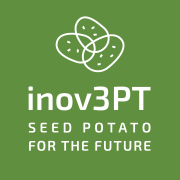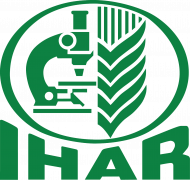Abstract
The potato cyst nematodes (PCN) Globodera rostochiensis and G. pallida are among the most important pests causing significant yield loss in potato production. Cultivating resistant cultivars of potato is the most effective and environmentally safe method for protecting potato crops against nematodes. However, widespread cultivation of cultivars resistant to G. rostochiensis can affect the reproduction of G. pallida. Therefore, breeding for resistance to nematodes remains among the major aims of potato breeding programmes. Many wild Solanum species could be valuable sources of nematode resistance. This study examined the resistance to G. pallida identified in two accessions of the wild species Solanum gourlayi. Both accessions demonstrated resistance to pathotypes Pa2 and Pa3, but show asymmetric distribution of resistance among the progeny clones. The presented distributions of resistance scores indicate quantitative nature of resistance to G. pallida. Furthermore, this resistance is specific to each pathotype and may be controlled by different genes. We also conclude that there is a need for independent evaluation of resistance for both pathotypes of G. pallida (Pa2 and Pa3).













